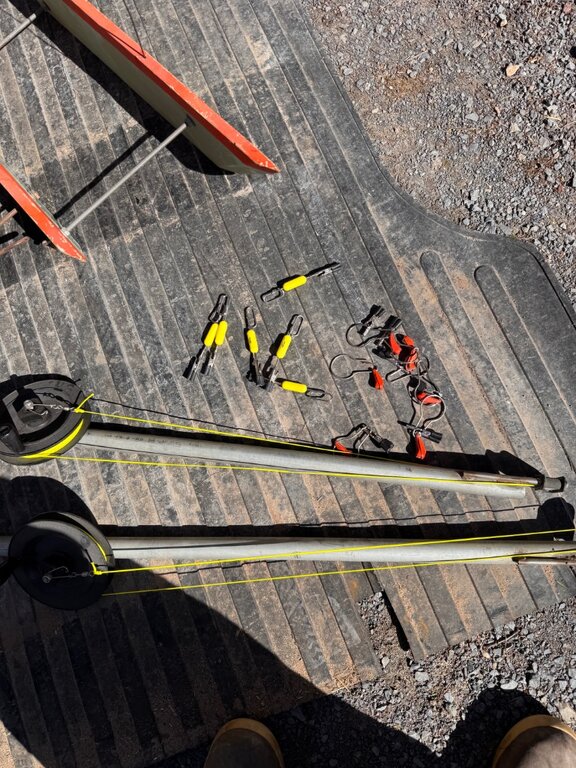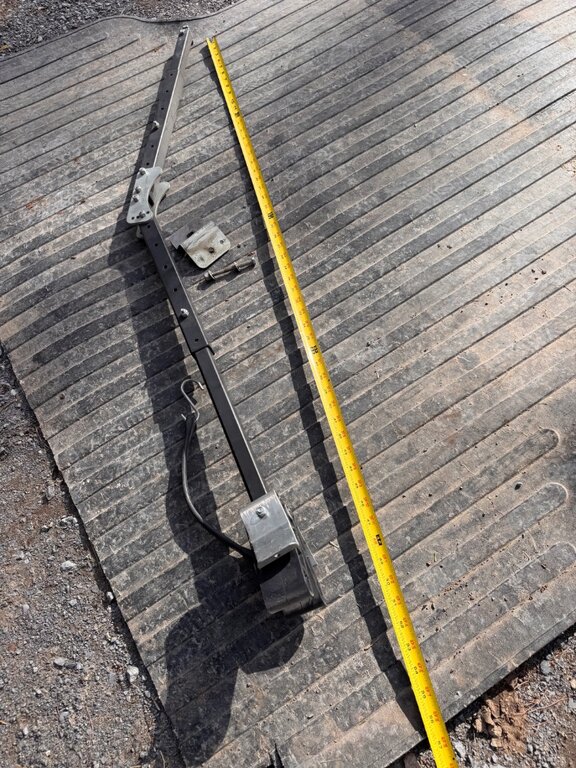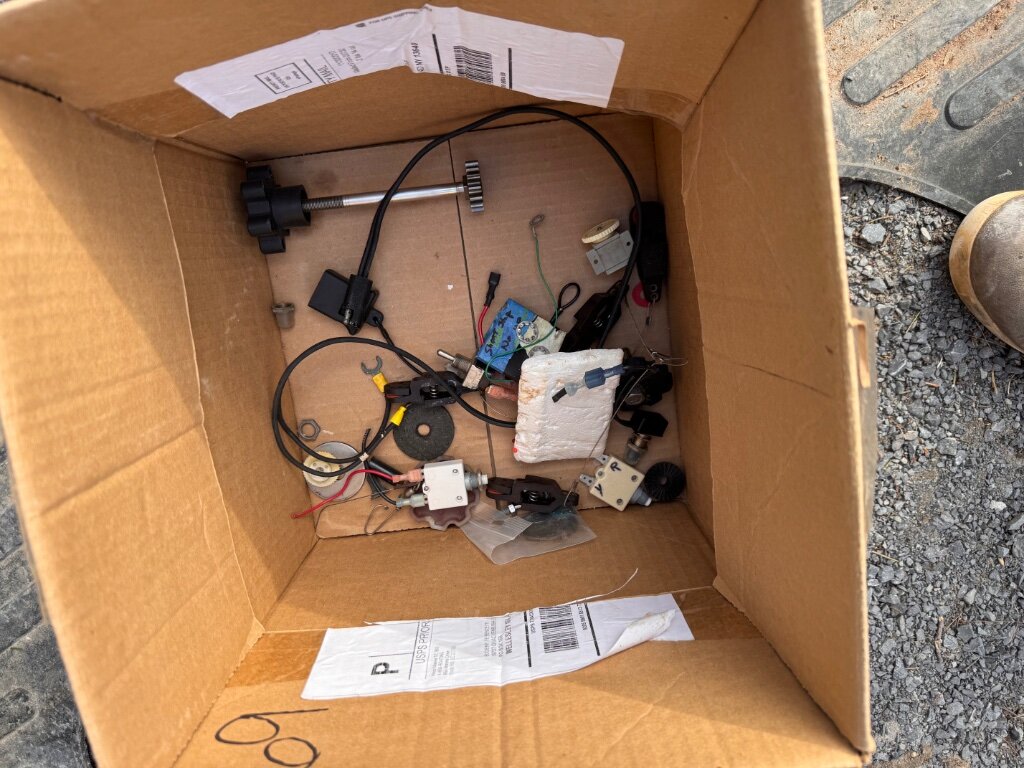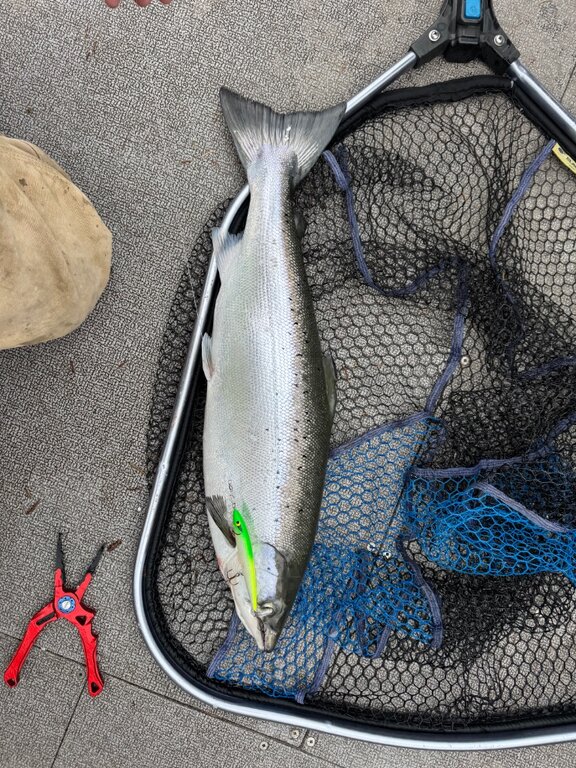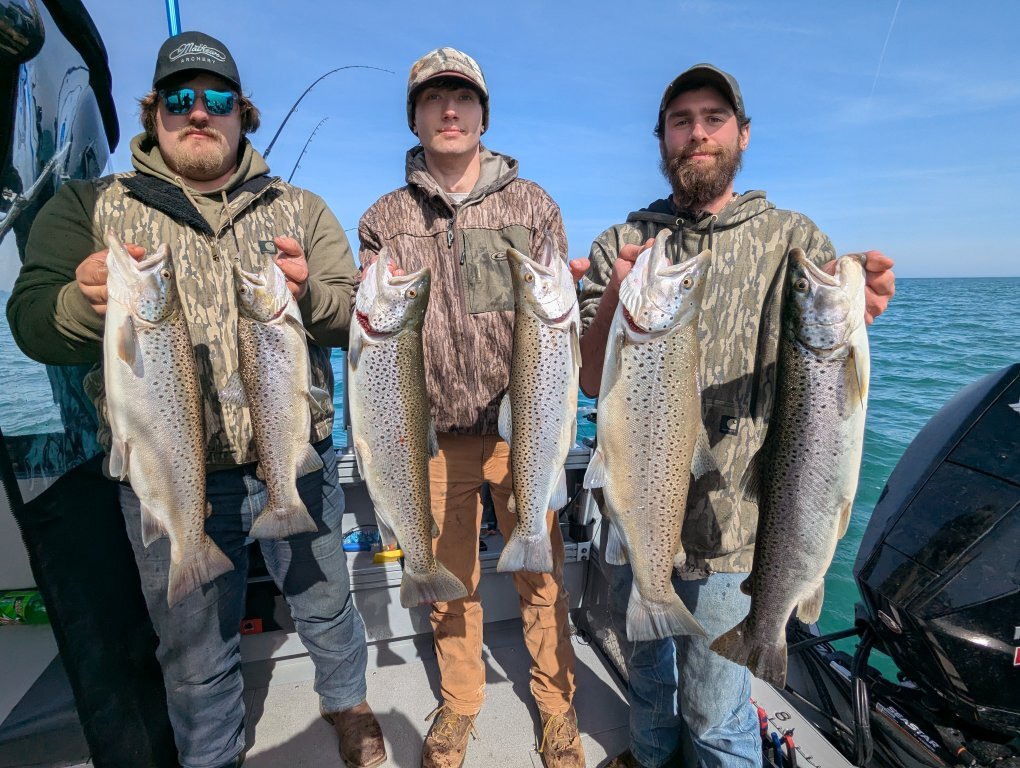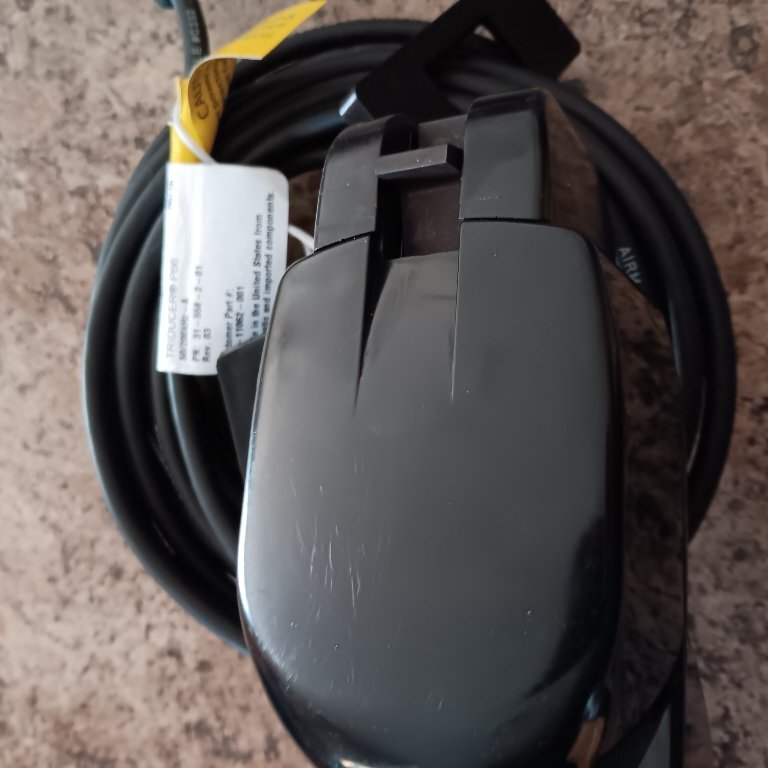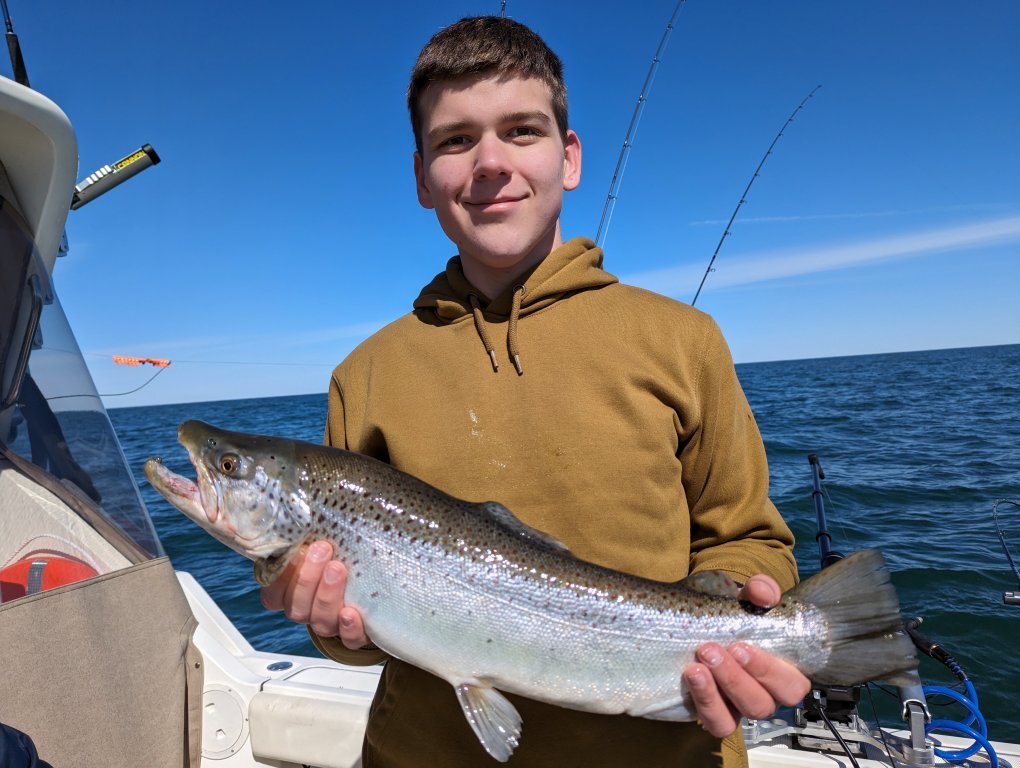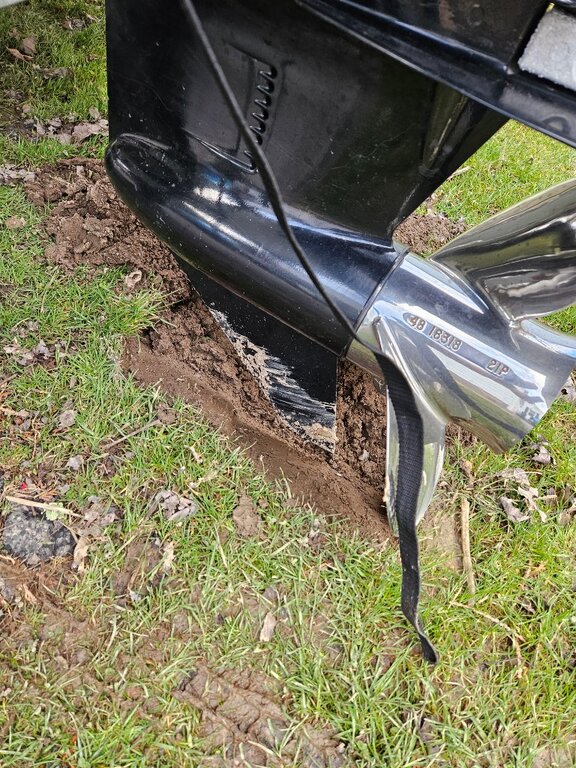-
Posts
572 -
Joined
-
Last visited
Everything posted by Prof T
-

for sale : usa Planer board complete setup $50
Prof T replied to Prof T's topic in Classifieds - Buy, Sell, Trade or Rent
-

for sale : usa Swivl-eze transom saver $50
Prof T replied to Prof T's topic in Classifieds - Buy, Sell, Trade or Rent
-

for sale : usa Cannon long arms and miscellaneous NEW PRICE $60
Prof T replied to Prof T's topic in Classifieds - Buy, Sell, Trade or Rent
-

Sandy creek 3/28
Prof T replied to Benfolkhero's topic in New York Fishing Reports - Lake Ontario (South Shore)
-

for sale : usa Cannon long arms and miscellaneous NEW PRICE $60
Prof T posted a topic in Classifieds - Buy, Sell, Trade or Rent
-

for sale : usa Swivl-eze transom saver $50
Prof T posted a topic in Classifieds - Buy, Sell, Trade or Rent
-

for sale : usa Planer board complete setup $50
Prof T posted a topic in Classifieds - Buy, Sell, Trade or Rent
-
Does anyone have any experience with these low priced triple rod trees? My use would be for near shore walleye and brown trout fishing. Crazy low price. I know i would have to do some base modification to use them in my Bert's tracks. https://www.amazon.com/RIAHNEAH-Stainless-Launcher-Adjustable-Accessories/dp/B0CQ4L5V31/?_encoding=UTF8&pd_rd_w=YdxQm&content-id=amzn1.sym.255b3518-6e7f-495c-8611-30a58648072e%3Aamzn1.symc.a68f4ca3-28dc-4388-a2cf-24672c480d8f&pf_rd_p=255b3518-6e7f-495c-8611-30a58648072e&pf_rd_r=SGZBGZCC6RA8QYPMXA2G&pd_rd_wg=zxbVp&pd_rd_r=5d7b9e07-bc5c-4022-985a-533fc99a39f2&ref_=pd_hp_d_atf_ci_mcx_mr_ca_hp_atf_d
-
I put a 90 hp Mercury 4 stroke on mine with a 9.9 kicker without issue.
-
I have a 2016 Crestliner Commander, welded aluminum, that has a factory paint, NOT BOTTOM PAINT, white, on the bottom. It is left in the water at my dock April through November. When I pull it in the fall, it is an absolute mess and much harder to get clean than any boat I’ve ever had. Has anyone ever put bottom paint on aluminum? I know Interlux makes a formula specifically for aluminum. If I prep it myself should I try to remove all of the factory paint or just get a good scuff on it? Any info, opinions or contacts would be appreciated.
-

Sold / Closed AIRMAR P66 transducer sold sold
Prof T replied to Lucky D's topic in Classifieds - Buy, Sell, Trade or Rent
-
My experience tells me something way more simple: If the motor can’t keep up with the conditions (for an amount of time that I an unsure if) it will protect itself and give up. If you are close enough to hear it will give you a chirp from the motor. It could be under mild stress with discharged batteries or getting blown too far off mark with good ones.
-
I shrinkwrap my own boat. Bought all of the gear 18 years ago as I store 2 boats and a jetski. When I create my cover, I do it with removal in mind. No extreme underbends are the most important, usually at the stern corners. As long as the support framing goes back in the same way, I'm able to reuse covers for up to thee years! (I'm in Jefferson county and we get snow) Can I uncover, fish and recover the same day? Usually not. But in a year like this, It would provide a lot of flexibility. Cost? 200 ft roll about $400 delivered, 25 ft per cover for my 18', that's 8 covers, $50 each / 3yrs = Under $20/cover Tools to get started? About $750 Again, I've done about 50 covers so far.
-
-

question about 2 stroke compression/cylinders..
Prof T replied to bulletbob's topic in This Old Boat
I had a 1984 Evinrude that had a gillion hours on it and finally swapped out for a brand new 2016 4 stroke merc. There just sometimes comes a time! You and I are the same vintage and I know I'm not ready to quit fishing, in fact I fish more than I ever did. Now it becomes a safety factor as well. I hope you can get over the sticker shock and are able to reward yourself for a life well lived so far. -

question about 2 stroke compression/cylinders..
Prof T replied to bulletbob's topic in This Old Boat
Bob, Sometimes the reward of reviving and tired old "anything" is worth the adventure. Good luck with the project. -

question about 2 stroke compression/cylinders..
Prof T replied to bulletbob's topic in This Old Boat
Bob, You sound proficient, and you are already this far into the teardown so why not finish? My 2 cents after years as an autoshop teacher is concentrate on your hone job> those walls get pretty glassy over time and need to be deglazed in a distinct cross hatched pattern in order for the new rings to seat. If you can get an oversized set so you are at the low end of the spec you stand a lot better chance of improving compression, along with fresh reeds. 90 lbs comp will run, but tough starting and poor low speed and cold running are almost a given. -

Trolling with gas outboard motor question
Prof T replied to jake8484's topic in Questions About Trout & Salmon Trolling?
Proper wiring for a 12V on two batteries, NOT for a 24V like a Terrova. Be careful -

Trolling with gas outboard motor question
Prof T replied to jake8484's topic in Questions About Trout & Salmon Trolling?
pm sent -

Trolling with gas outboard motor question
Prof T replied to jake8484's topic in Questions About Trout & Salmon Trolling?
Jake, I've done it both ways and can offer my experiences. First 30 years was with a 90 2 stroke on a 19.5 footer and a 9.9 kicker. Self explanatory as I got 30 years out of the main motor. Went to a 90 four stroke Merc in 2016. Added a Smartcraft Troll Control to engine which allowed motor to slow down below the natural idle of 700 rpm to 550RPM. Took off the kicker due to weight concern. Could get down to 2 SOG, but not much slower in a non current situation. Loved it, worked flawlessly, but managed over 650 hrs in 5 seasons. THAT was a concern for me. New boat is set up with a 90 four stroke Merc / 9.9 Merc Pro Kicker. In my opinion, it is the perfect setup. You can install an electronic throttle control on the kicker to dial in speed (and get back to it quickly after landing a fish). Hours go on the kicker, not the primary engine. Security of having a backup. Absolutely sips gas. Electric start models will recharge batteries as well. If you look at most of the bigwater, trailerable boats, that's the factory setup. If you do think you are going to going with a kicker, think about where the pilot will be controlling the motor from. Old setup I had to be able to get to the tiller handle to adjust speed. Doable, but not very handy. New boat has a traditional control at the helm. Also be aware of transom height at kicker location on the boat and buy accordingly. Glad to answer any other questions you may have. -
I also believe spot lock can be the most stealthy way to anchor. Never felt I couldn't stay on a school with it vs an anchor. I have seen situations like you describe when a boat length can make a huge difference between great action and time for a nap. My solution is to cast in search of the school, then ease towards them shallow water. Also, if a boat has a good school concentrated under them, you might be better of sliding well away from them to begin establishing your own pod. That can be the most productive. Tip #3: learn to use your electronics.
-

Sold / Closed Cannon Unitrol 6 w/ Swivel Bases
Prof T replied to Prof T's topic in Classifieds - Buy, Sell, Trade or Rent
-

Relocating to SLR region
Prof T replied to Kade Gewanter's topic in St. Lawrence River Fishing Reports - 1000 Islands Fishing
Kade, welcome to the forum. I set up my first place 20 years ago, good cottage but not a year round home. Built new and moved here full time 11 years ago. I don't think you can miss. I happened to end up in the Alex Bay/Clayton stretch. Lots going on, good cultural scene. Plenty of year-rounders make it relatively easy to find a "social group". Everything has a downside, and ours is boat traffic during the summer. Lots of cruisers and go-fast boats on weekends. I'm a walleye guy so not a problem for me at 4AM. Also not easy to find a good property at a reasonable price. If you follow the the pro BASS guys, they prefer to round the corner and head to lake, Henderson Harbor area. A good multi-species boat on a trailer opens up EVERYTHING from King Salmon to perch and bullheads.


